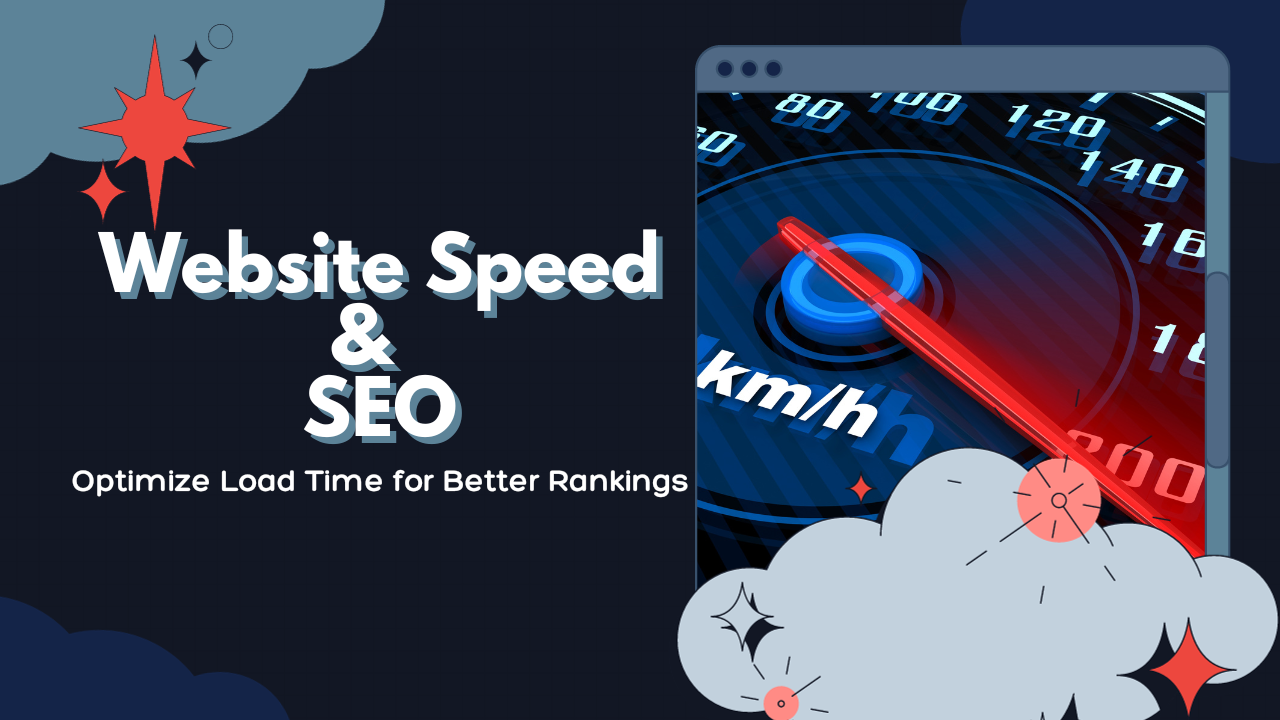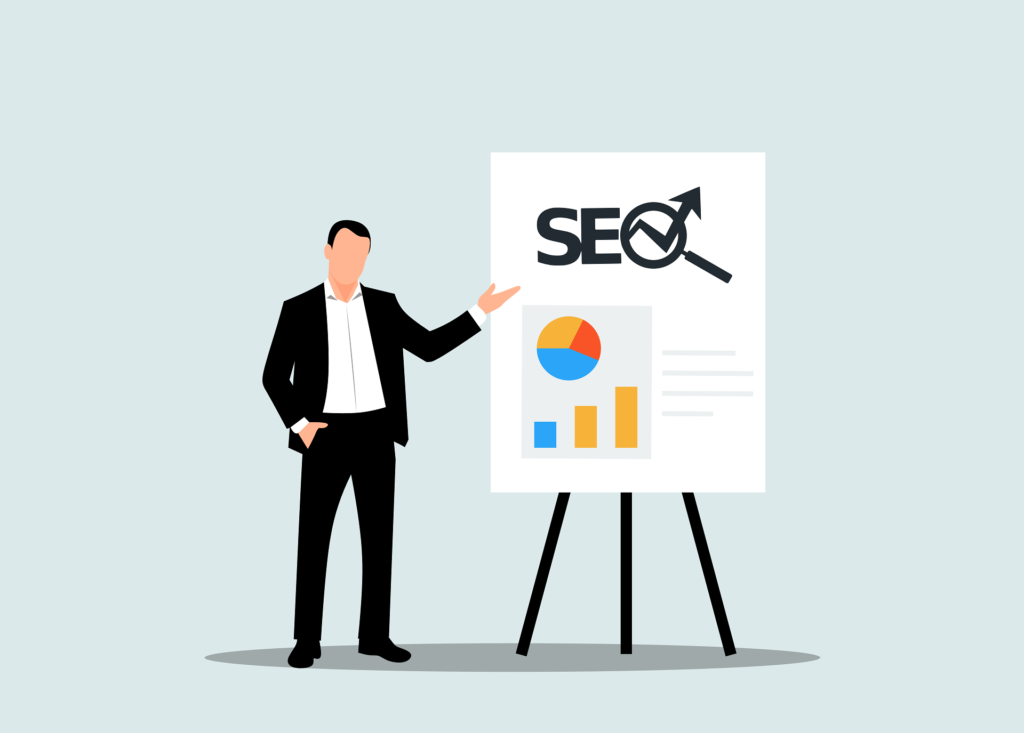
Google announced years ago that website speed, or page loading speed to be precise, would be a ranking factor for desktop search queries. In 2018, the company extended this practice to mobile search queries. It’s no secret, as the entire internet was abuzz with information about this during the first half of 2018.
How it works ?
The idea is simple.
Google is pushing for websites to be faster and provide a better user experience. If your website is slow, it gets penalized by Google’s search system. Your pages appear lower in search results, which, in turn, leads to less traffic to your site.
This isn’t a secret. Google has confirmed it, and extensive tests have proven it to be true.
You can even verify it yourself. Just type anything into the search bar. The highest-ranked website is almost always faster than the one in tenth position, not to mention those on the second or third page of search results. You can also use a tool like GTmetrix to check the exact page loading times.
However, we’re not here to discuss old news. Instead, we want to delve into the complex relationship between page loading times, user behavior, and the SERP. It’s much more intricate than what most people think.
Today, a website’s speed is not just a static number that Google’s search algorithm uses to calculate page rankings.
In fact, page loading times influence SEO in several ways.
That’s why we will explore precisely how other speed factors come into play in the SERP.
Google’s mission
First, let’s look at Google’s objectives. What do they want, and how can they best achieve it?
It doesn’t take much thought to see what a Google search does. Users enter one or more keywords, and Google provides them with the best answer to that query.
The sole purpose of searches and algorithm changes is to deliver results that not only match a searched keyword but also the user’s intent. This means strengthening websites that provide a positive user experience and penalizing those that don’t.
This is where website speed comes into play. Today, nearly everyone is accustomed to websites loading virtually instantly.
As a result, if a site is slow, it elicits a negative response from the user.
In fact, users dislike slow websites, and bounce rates can be very high, which we’ll discuss later in this article.
So, it’s safe to say that users dislike slow websites, and Google’s search algorithm penalizes them.
So, what does this really mean?
The implications are many.
You see, Google is trying to weed out all the websites that offer a poor user experience. Sites with subpar content, that are not aesthetically pleasing, or that are disliked by users for any reason (such as speed) are continually scrutinized by Google, which observes exactly what is happening with your site.
Don’t just take our word for it. We will explain precisely how loading times affect user behavior and their impact on search rankings.
Bounce rate and time spent on a site

High bounce rates are likely the clearest indicator that something is amiss on a website. Visitors who quickly leave a site signal to Google that a particular page doesn’t deserve its place in search results.
Here’s what bouncing means:
When a visitor finds a page in the search results, opens it, and leaves without further interacting with the website, it’s considered a “bounce.” This can happen because the visitor doesn’t like something on the site or because the site doesn’t have what they’re looking for.
By default, all websites have some visitors who bounce. Even the best of the best sites have bounce rates in the range of 25 to 40 percent.
You can’t force everyone to stay on your site.
But you can probably imagine where this is heading.
Long page loading times not only exacerbate the bounce rate, but they do so exponentially!
If your loading times go from one second to three, the bounce rate increases by 32 percent. If you increase loading times by six seconds, the bounce rate jumps by 106 percent. And it only gets worse from there.
Slow speeds can easily push the bounce rate above 90 percent, even for sites with excellent content and presentation.
Now, imagine how this appears in Google’s ranking system. The search engine doesn’t exactly know why 90 percent of users are leaving the site after opening just one page. A high bounce rate merely indicates that your page is not a satisfactory result that answers and resolves search queries.
The same goes for time spent on the site. If a user opens a website but doesn’t show much interest (leaving quickly or only browsing one or two pages), that website is likely a poor search result. Google’s search system will not hesitate to penalize it.
Rand Fishkin from Moz demonstrated this in a Twitter experiment. He was able to manipulate where web pages appeared in search results by bouncing his followers from one page to another and getting them to spend time on a different one.
As you can imagine, a website’s speed also impacts the time spent on the site and the number of pages viewed per visitor.
In fact, if your website takes two seconds to load, you’ll likely have an average of 8.9 page views per user. If the loading time is eight seconds, this figure drops to an average of 3.3 pages per visit.
Fast loading times are not only beneficial for maintaining user interest in your site, but they also prevent your website from experiencing declines in traffic and conversions.
Click-through rate

The best indicator of a successful search result is probably a result that users click on.
It’s true that people aren’t usually very cautious when selecting sites to open. However, they tend to scan the SERP results to find the best one, and that counts for something.
So, if a web page in the search results receives a disproportionate number of clicks compared to others, Google takes notice. Pages with a higher Click-Through Rate (CTR) quickly rise to the top of search results, while those that don’t get any clicks end up further down.
Udi Manber, former head of search quality at Google, confirmed this. It’s also evident when you examine Google’s patents. It’s certain that Google uses data on how users interact with search results to tailor results for future queries.
Here again, page loading speed plays a role, although it may not be immediately obvious from the data.
Your loading times can impact how users interact with your pages when they appear in search results.
Indeed, 75% of users avoid returning to a website that takes more than 4 seconds to load. This may seem like a short period, but it’s enough for three-quarters of users to steer clear of your pages, meaning they’ll ignore your content when it shows up in search results.
Clearly, this is detrimental to your rankings.
Surveys conducted on e-commerce websites show that fast loading times are crucial to retaining 52% of users. This underscores how loading times can affect search rankings.
Lastly, and not least important, users talk to each other.
They share their experiences, whether positive or negative.
In other words, if users have to wait too long for your site to load, they might simply share their bad experience with their friends. In turn, their friends might skip your website if it appears in search results.
The process is very subtle, but it can exacerbate the consequences of slow loading times.
Here’s the bottom line:
If your pages take a long time to load, you’re walking on thin ice. Even if you improve loading times, many users may continue to avoid your site. After all, it’s not their responsibility to check if the speed has improved.
Such user behavior will lead to penalties from Google’s ranking system, even if your site has high-quality content, an attractive design, and a well-structured user interface.
Conclusion
In conclusion, speed affects search rankings in several ways.
Google has done nearly everything in its power to encourage webmasters to make their sites faster. This trend is likely to continue, as site speed enhances the user experience, and Google continues to act as a guardian wanting to make the internet better.
Many website owners have already taken action, and numerous pages have significantly improved their loading times in 2018. Sooner or later, there will be no room for suboptimal websites.
That’s why you should get ahead while you can and improve your own website.
So, what’s the next step?
Familiarize yourself with speed optimization techniques and apply them to your website. At a minimum, cover the basics like image optimization, GZIP compression, and quality web hosting.
Ideally, maintain your loading time under 3 seconds. This should help you avoid direct or indirect penalties. Users will appreciate your website and will be happy to visit when it shows up in their search results.
Google will have no reason to punish you. On the contrary, if visitors spend a lot of time on your site, it will help improve your search engine rankings. Perhaps you’ll find yourself at the top spot on the first page of Google.
Work on optimizing your speed as soon as possible, and you’ll be pleasantly surprised.
Best of luck in achieving that ranking!
Further read : What is SEO marketing? Find out why and how to improve your online SEO





